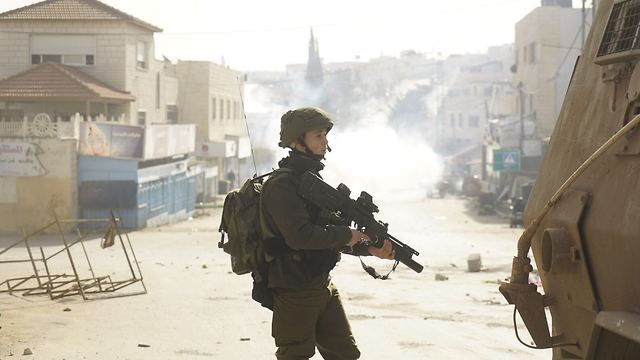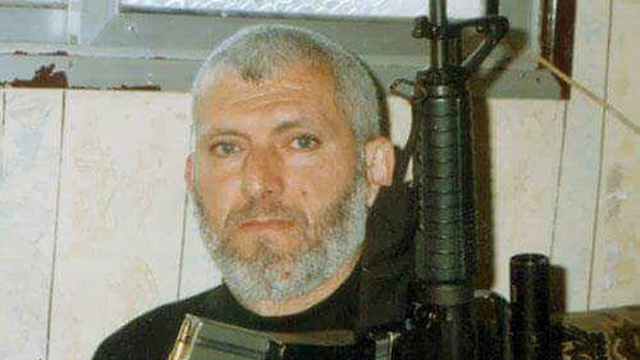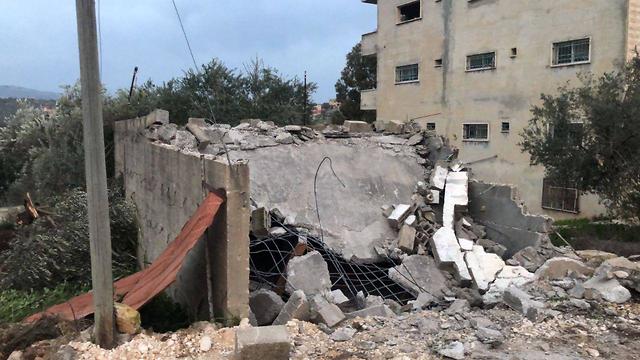The murder of Raziel Shevah in January was a wakeup call for all the security agencies assigned to combating terror. It was immediately clear that the attack was carried out by a professional, well-trained and well-funded terror cell that carefully chose the location of the ambush near Havat Gilad, escape routes and hiding places for after the attack.
Some of the details regarding the escape and hiding are still under a gag order, but it is clear that they were carried out professionally.
What this means is that this was no "local resistance organization" or "lone wolf attack" but rather the act of a well-entrenched terrorism infrastructure. Hamas has already claimed responsibility.The difference between an organized terror infrastructure and local, popular terrorism is the amount of time required for its establishment, including "executioners," collaborators to assist them and a well-funded command center, probably located on land not directly under Israeli control. Also necessary are effective and secretive communications channels.
In the case of the "Jarrar squad"—headed by members of the Jarrar family—it is now known that its members carried out a number of terror attacks before Shevah's murder. Despite those attacks, they managed to evade discovery by Israeli security forces.
The cell was discovered only after Raziel's murder and even then they managed an effective escape. An extensive and strenuous operational and intelligence campaign was necessary in order to track them down, despite the fact that the father of Ahmed Jarrar, the head of the cell, was a known senior Hamas member as far back as the second intifada.
In general, the infrastructure of the Jarrar cell is reminiscent of Hamas's organization during the second intifada. In addition, last week, Palestinian security forces uncovered explosives charges in the West Bank, in a region under their control. Israeli security forces who examined the charges determined them to be very complex—the kind that only very organized terror professionals know how to produce.





No comments:
Post a Comment